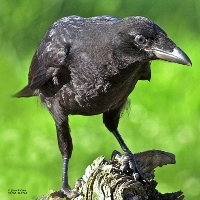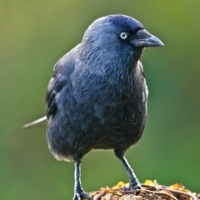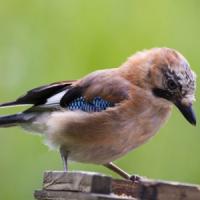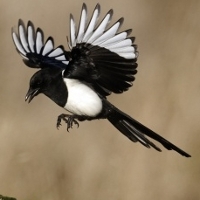- Home
- Special Offers
- New Products
- FAQs
- Customer Video Gallery
- Customer Photo Gallery
- Bird Facts
- Bird Food Blog
- Bird Information
- Feeding Advice
- Small Animal Information
- A to Z of Guinea Pigs
- A to Z of Hamsters
- A to Z of Rabbits
- Basic Care for Guinea Pigs
- Basic Care for Hamsters
- Basic Care for Rabbits
- Basic care for Chinchillas
- Basic care for Ferrets
- Basic care for Gerbils
- Basic care for Mice
- Basic care for Rats
- Buying a Healthy Small Animal
- Does your Reptile need a Licence
- Equipment for Ferrets
- Equipment for Hamsters
- Equipment for Mice
- Equipment for your Chinchilla
- Equipment for your Gerbil
- Equipment for your Guinea Pig
- Equipment for your Rabbit
- Keeping a House Rabbit
- Dog Information
- Cat Information
- Customer Information
- Fat Balls
- Suet Pellets
- Straights
- Seed Mixes
- Suet Treats
- Bird Feeders
- My Account
| Tweet |

|
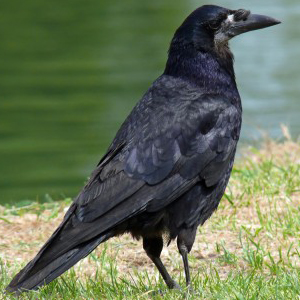
| Scientific Name | Corvus frugilegus |
| Breeding | March-April |
| Fledge Days | 30-36 |
| Incubation Days | 16-20 |
| Lifespan | 6 years |
| Number of Clutches | 1 |
| Number of Eggs | 3-9 |
| Size | 45cm |
| Weight | 310g |
| Wingspan | 90cm |
Bird Family : Crows and Allies
Rook Facts - Information About Rook
Rook - Corvus Frugilegus
The Rook is similar to the Carrion Crow but is more often seen in agricultural habitats and tends to stay away from our cities and towns.
It is a member of the crow family, 1 of 3 black crows of the region. In juvenile plumage it is very similar to and most easily confused with the Carrion Crow.
Identification:
Adult
- A typical Crow, adult male and female are alike, juveniles are similar in plumage but the bill is solid black without the pale base.
- The adult is the only fully black medium sized (45cm) crow of the region that shows a pale greyish white base to the bill.
- Entire upper and underparts black, appears slightly glossed in certain light.
- The black bill is longer, slimmer and sharper than Carrion Crow and shows an obvious pale greyish white base.
- The Rooks feathering looks generally scraggy, compared to the slightly larger Carrion Crow.
- The head shape is distinctly peaked with a flat steep forehead whereas on Carrion Crow the head is gently rounded.
- In flight the tail is more rounded than Carrion Crow.
- The only other fully black Crow is the Raven, which is considerably bigger (62cm) and has a wedge shaped tail, the Raven is a bird mostly associated with mountain terrain.
Juvenile
Juveniles appear from April onwards and once fledged look very similar to adult Carrion Crow.
The pointers for separation are:
- The bill, in Rook the bill is longer, thinner and considerably more pointed.
- The crown in often peaked, nicely rounded in Carrion Crow.
- In flight the tail is more rounded.
- In flight the wings are not as broad and appear pinched in close to the body.
- The Rook is slightly smaller and generally not as sleek looking as Carrion Crow.
- Bill, legs and eye black.
Be careful!
Status and Distribution
The Rook is abundant throughout all habitat types in the UK. It is a breeding resident in the UK with around 1.4 million pairs. The Rook occurs in all counties throughout the UK, however, it is less numerous in North West Scotland as habitat is a little less suitable.
Habitat/Food
Rooks occur in a wide variety of habitat types throughout the UK, agricultural farmland is the favourite also woodlands, parks, gardens, farmland and moorland.
They nest communally in large trees, groups called Rookeries, often involving hundreds of nests. They will often feed in large parties looking for insects such as leatherjackets and earthworms; they will also eat carrion, Fruit and Seed Mixes.
Song/Call
Call is a harsh and loud, it is different to that of the Carrion Crow as it is less croaky, it tends not to accentuate the ‘R’s‘ in its calls. ‘keeya keeya’ and raucous ‘caw caw caw’.







